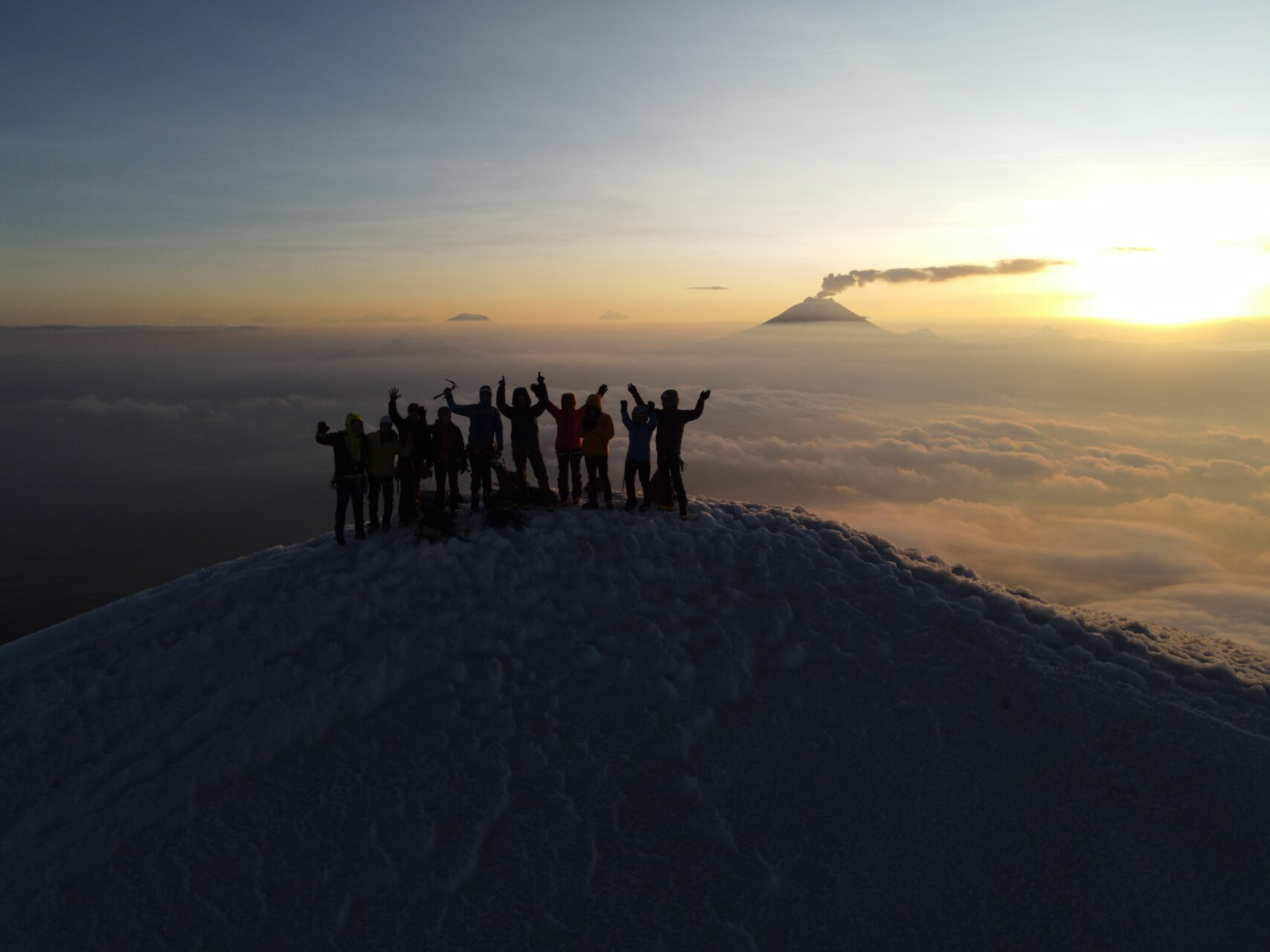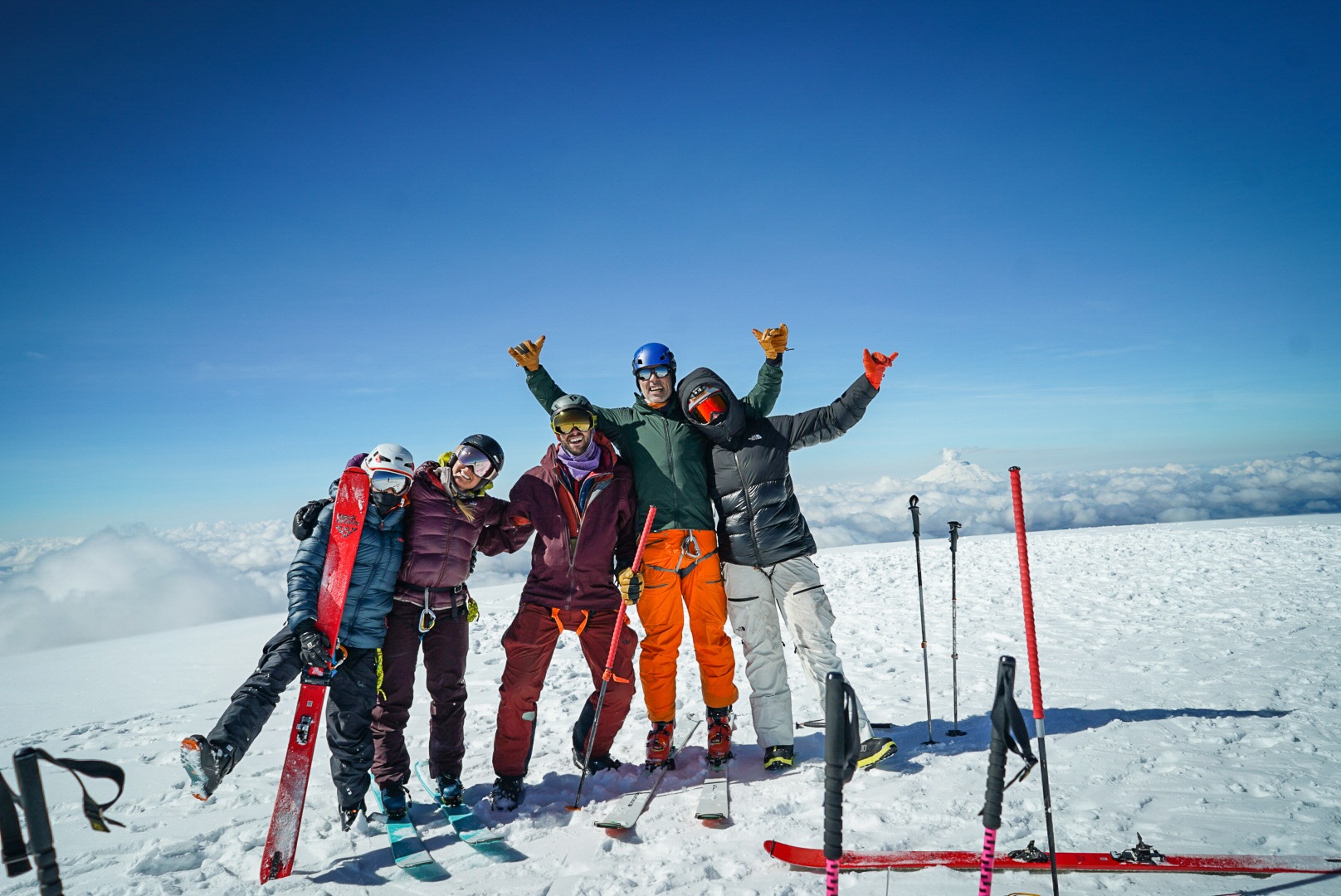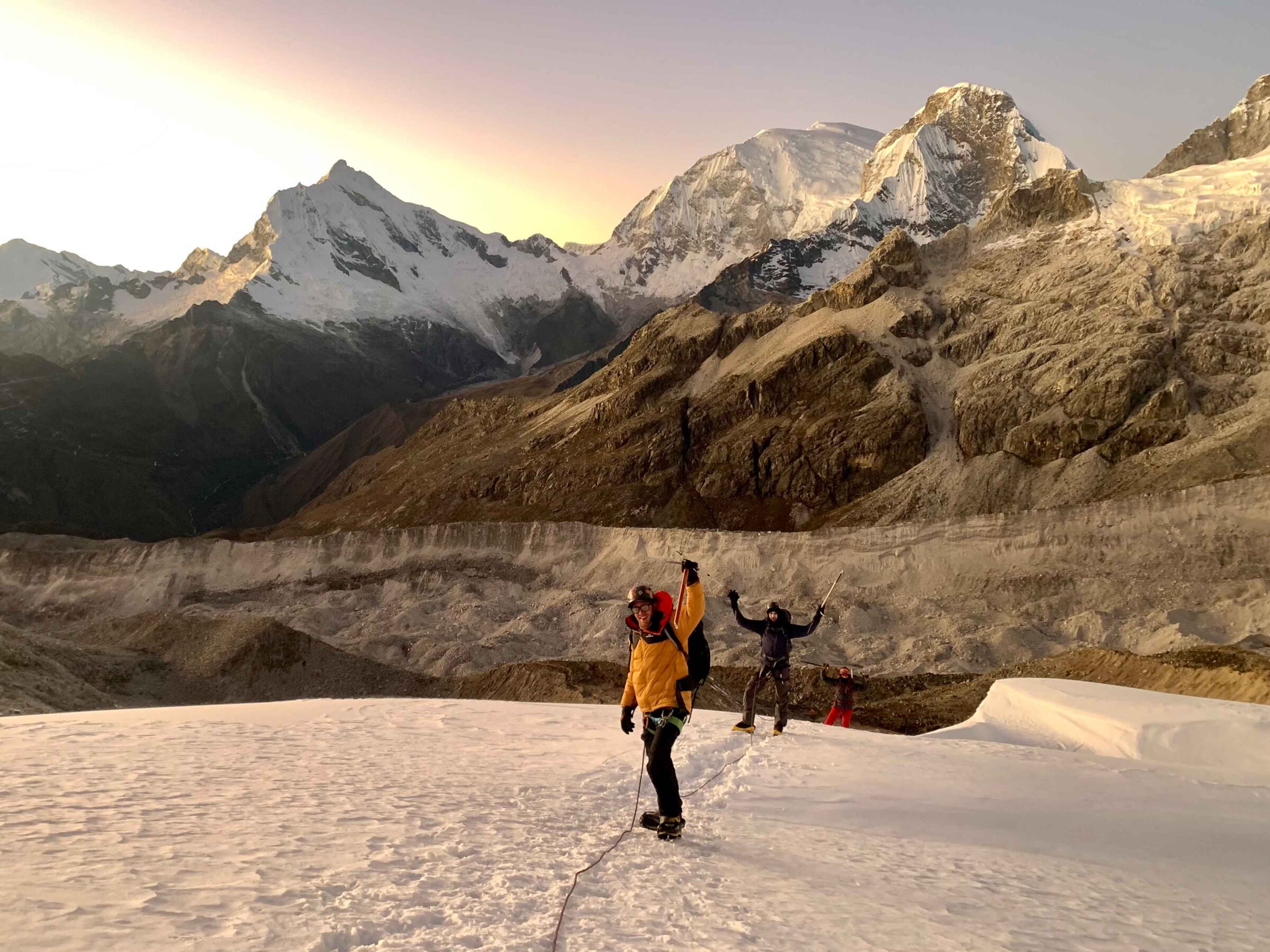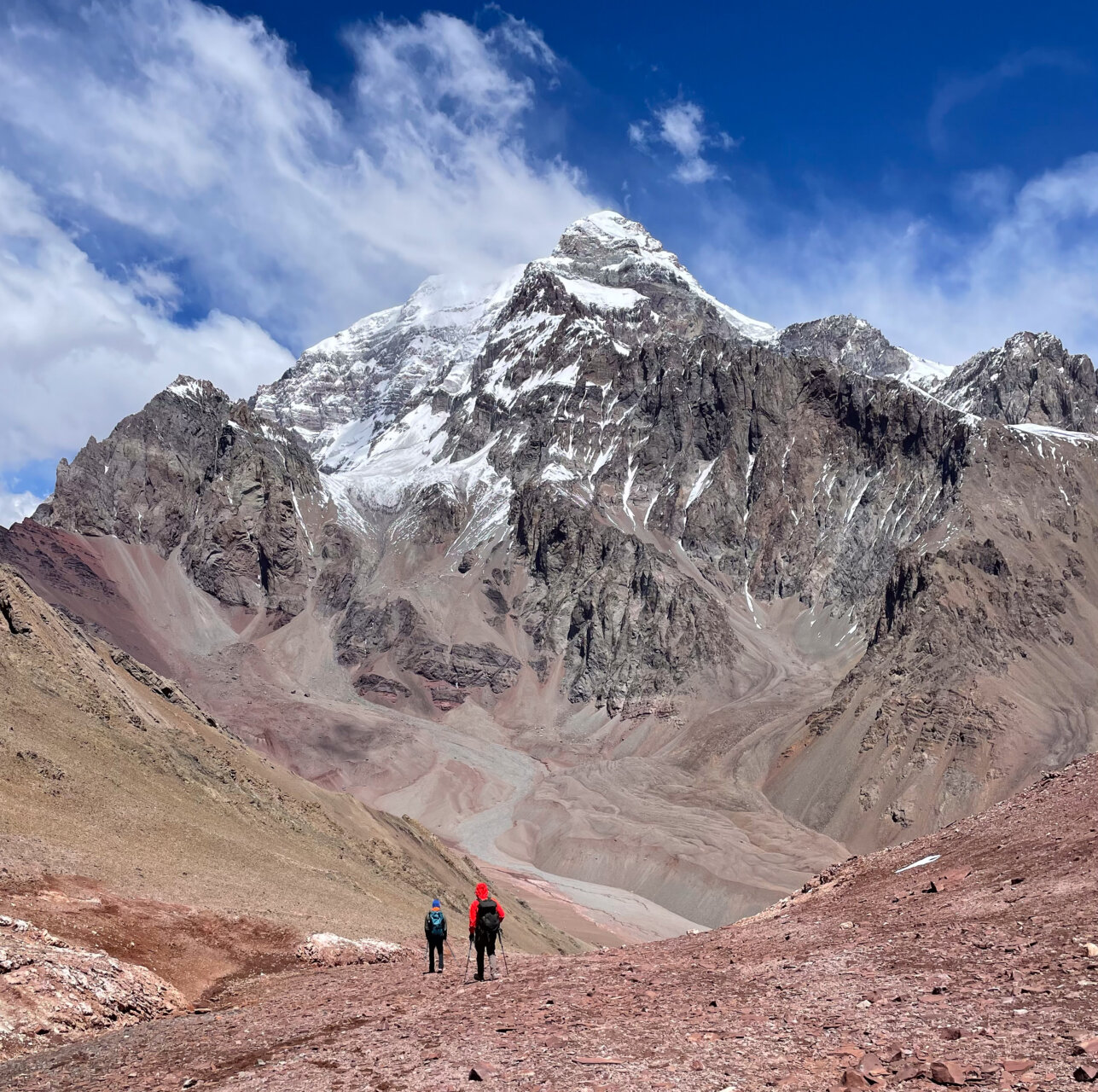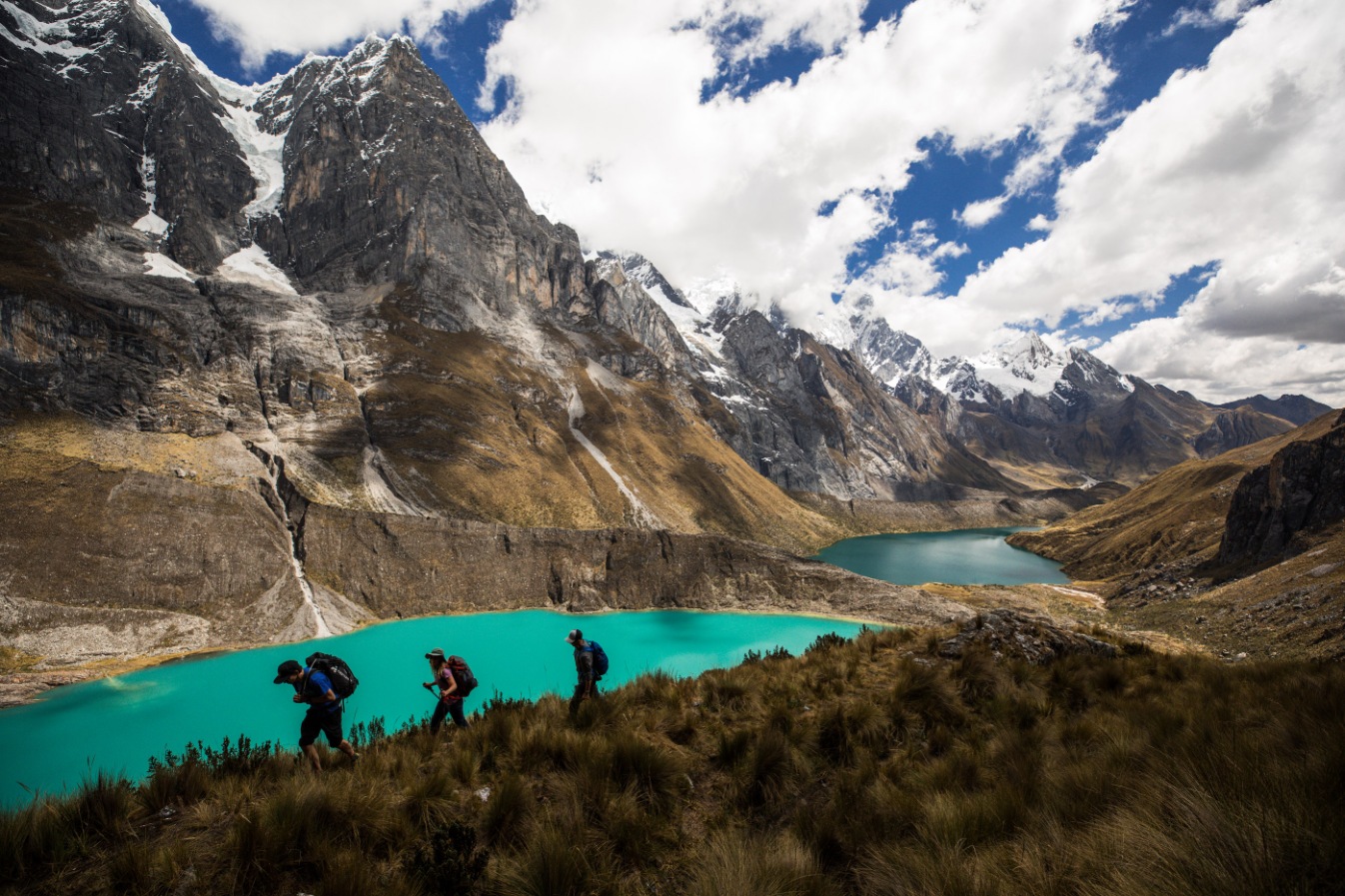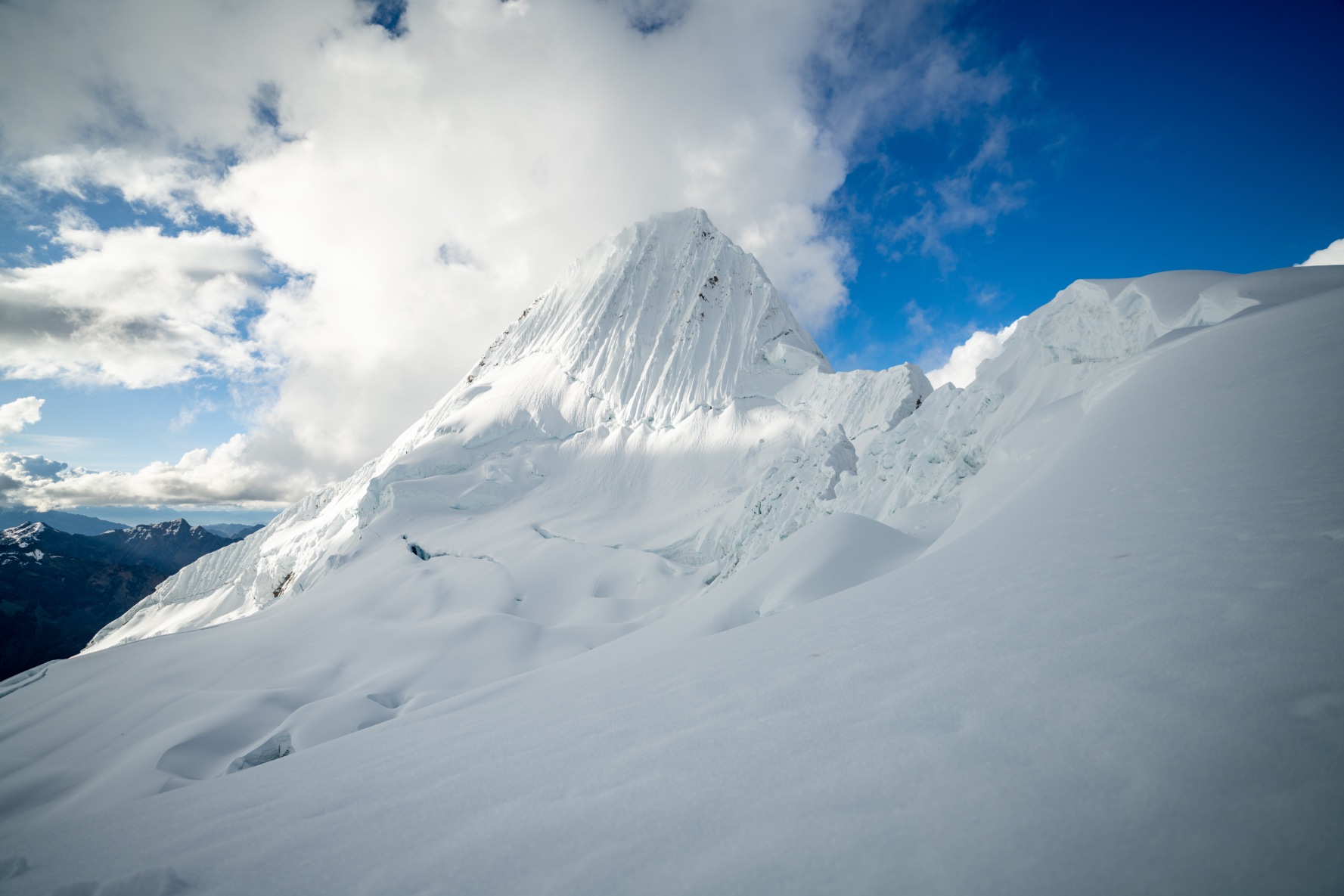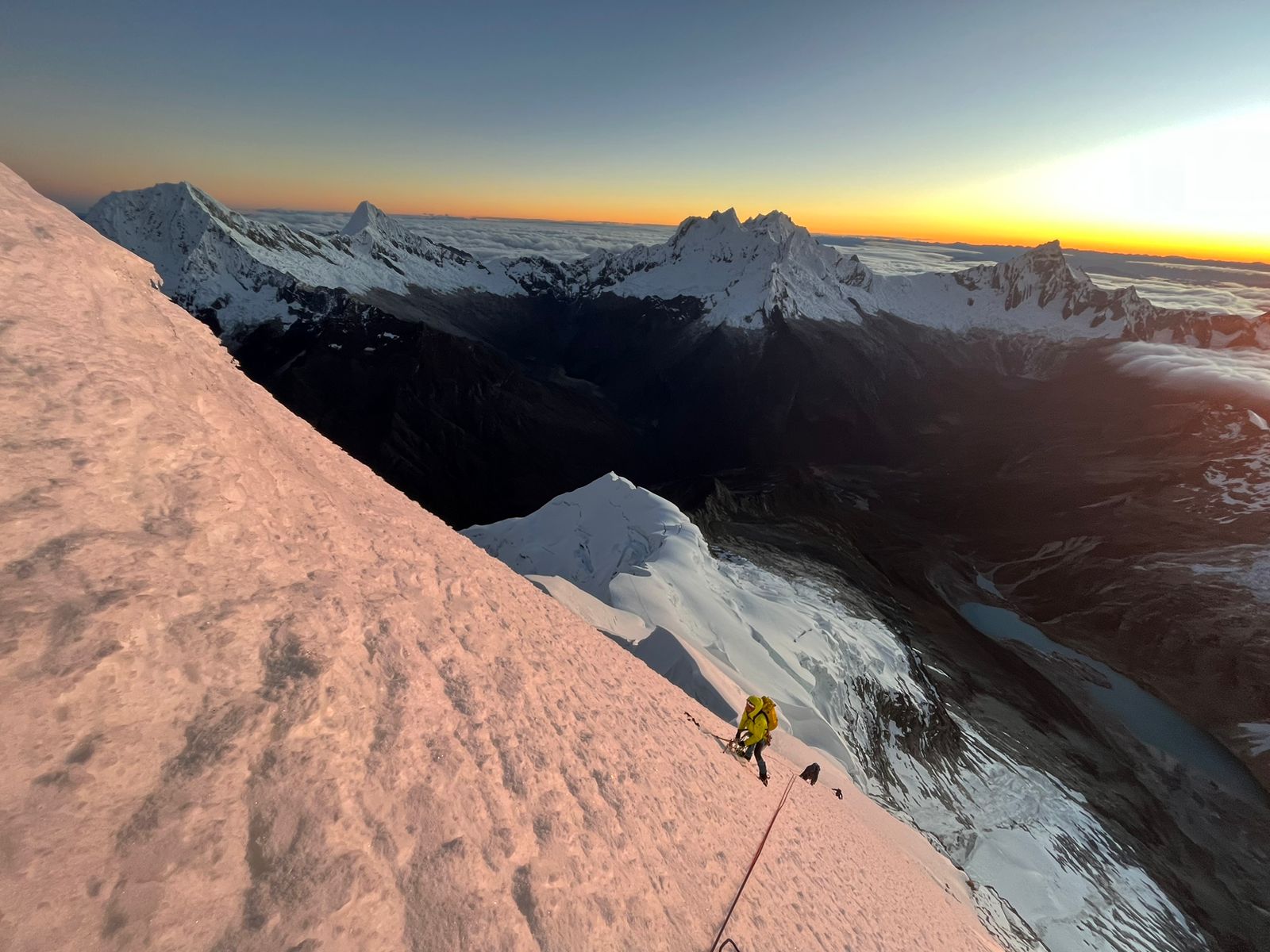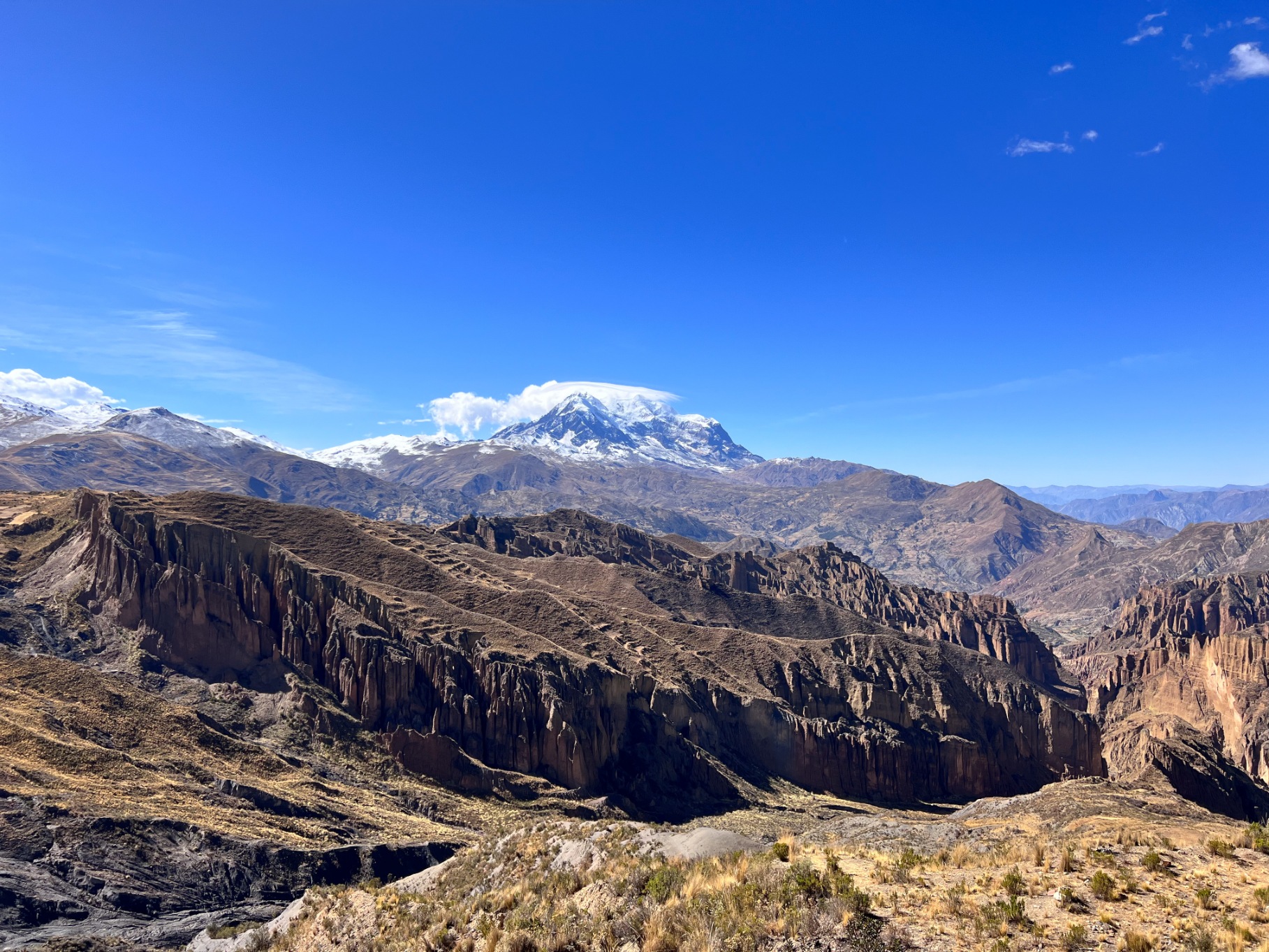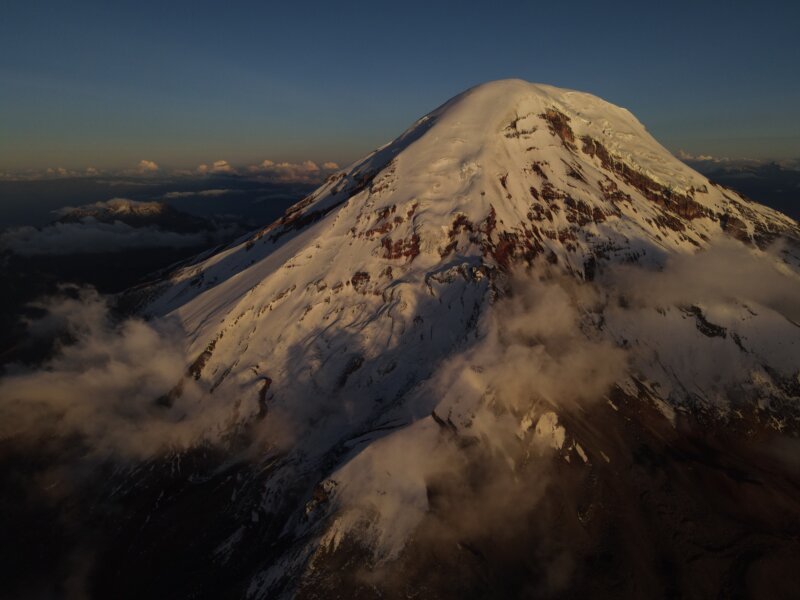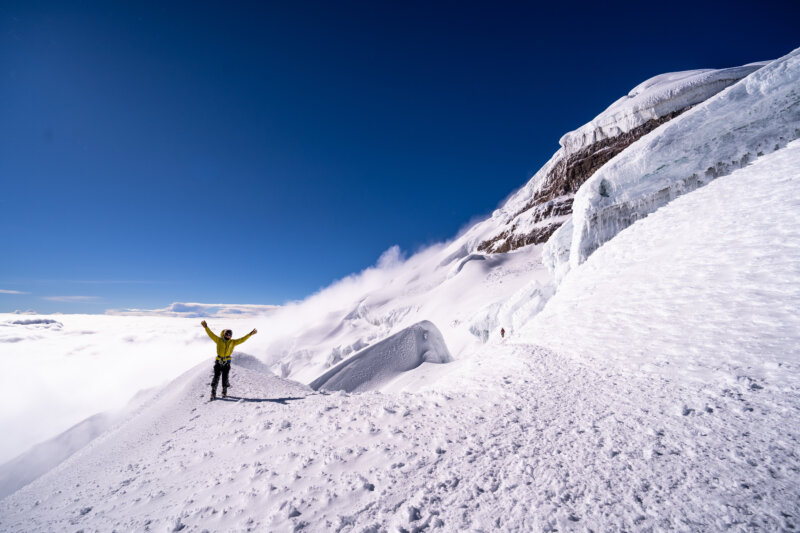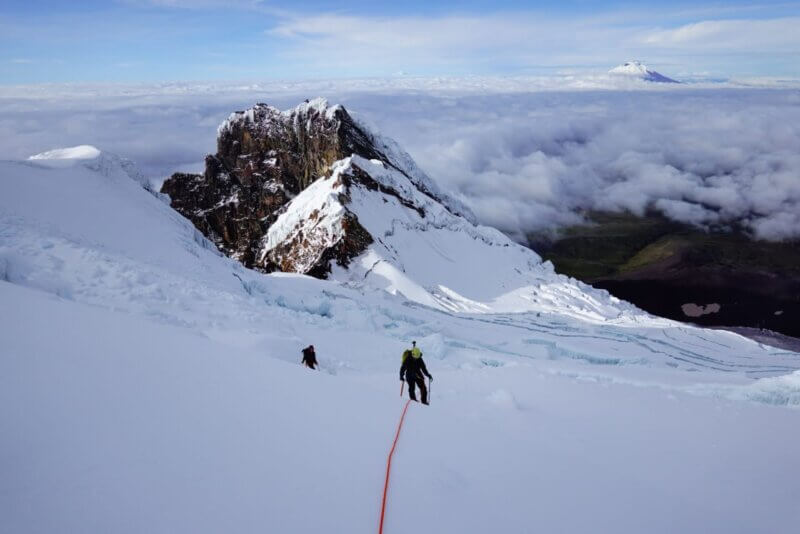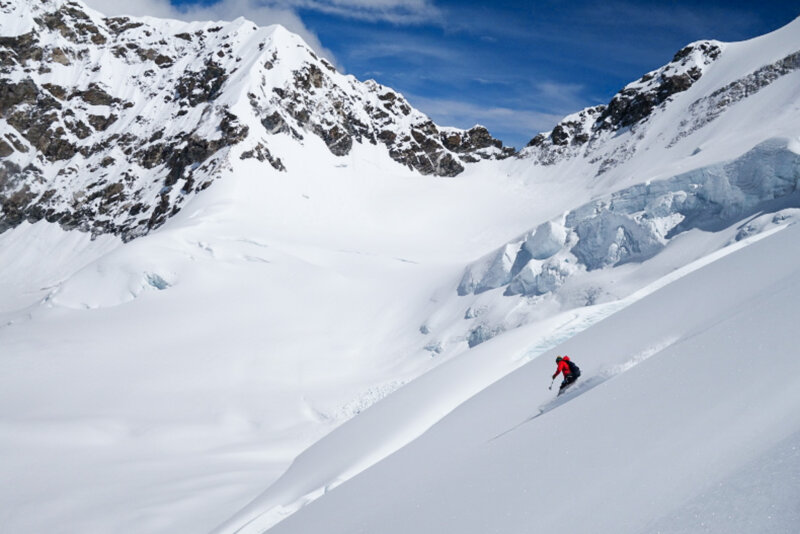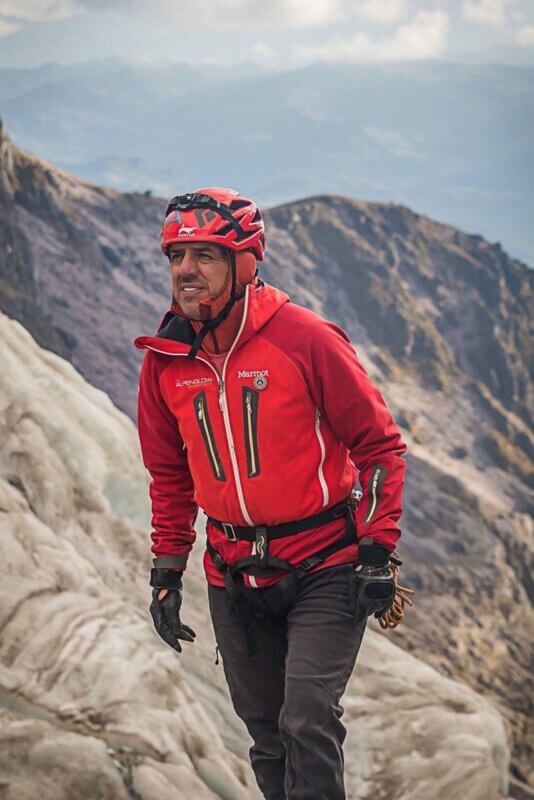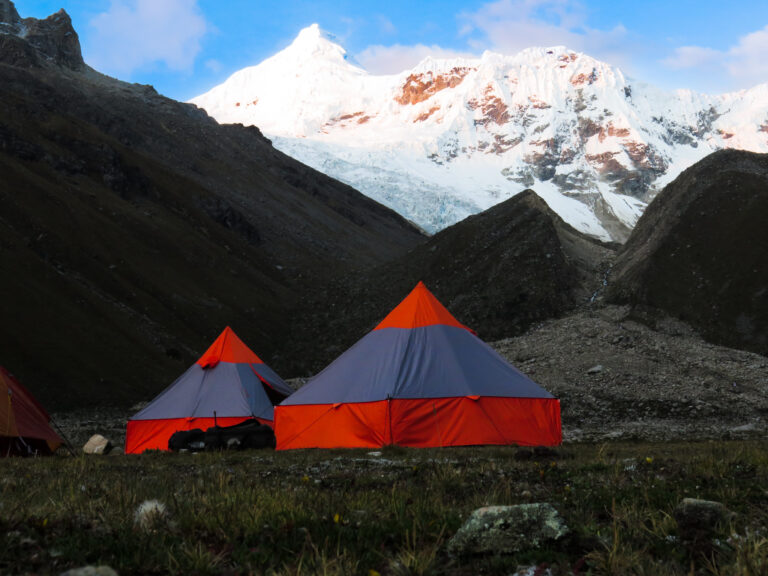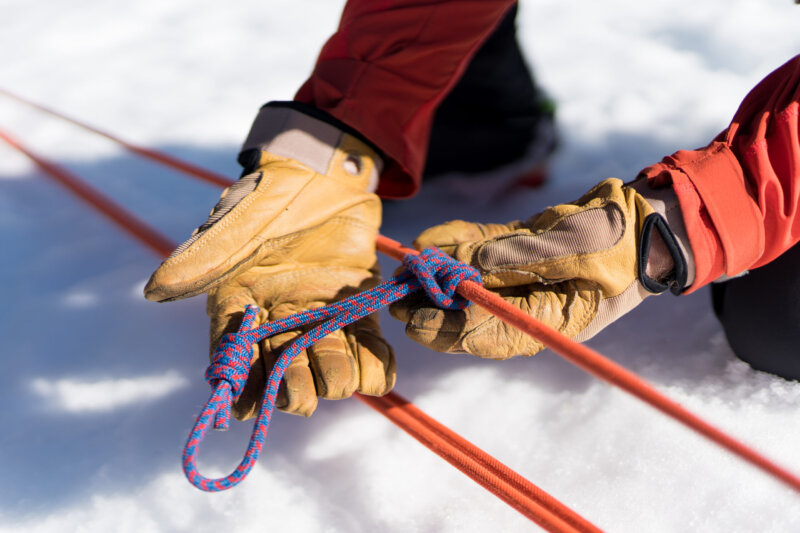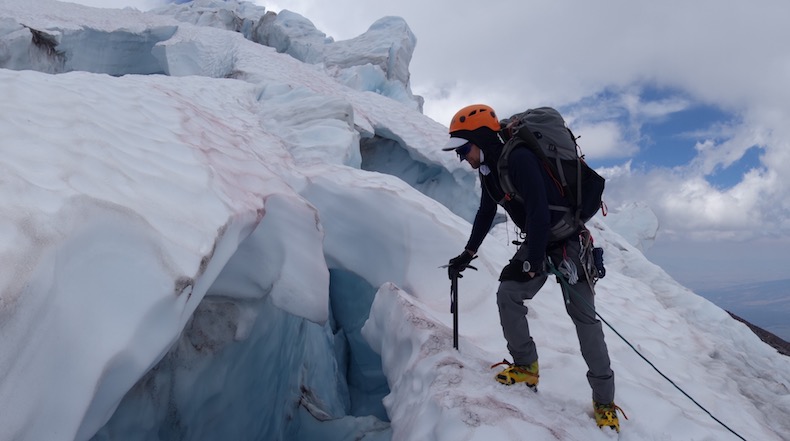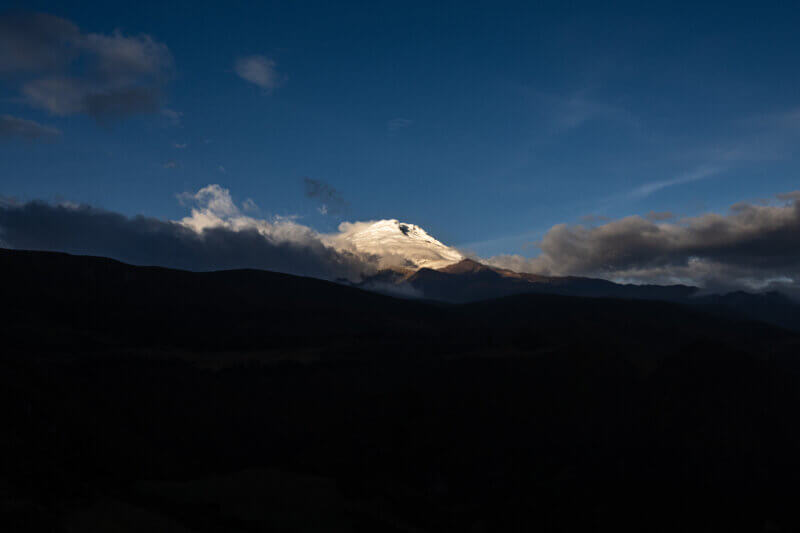Five Essential Questions for Climbing Cotopaxi
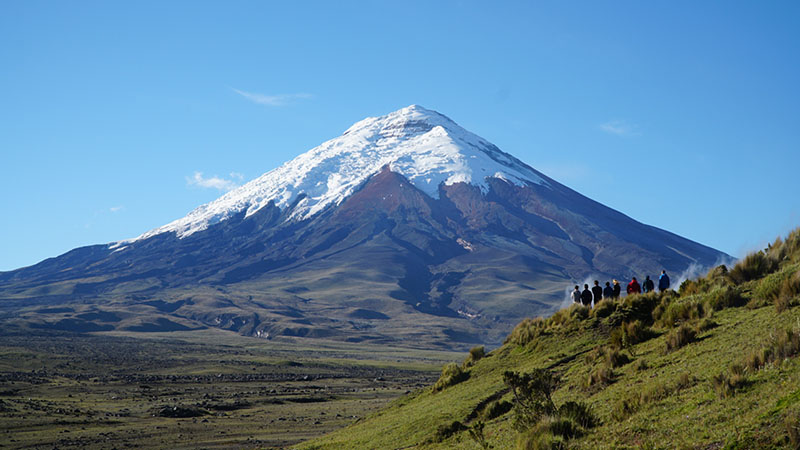
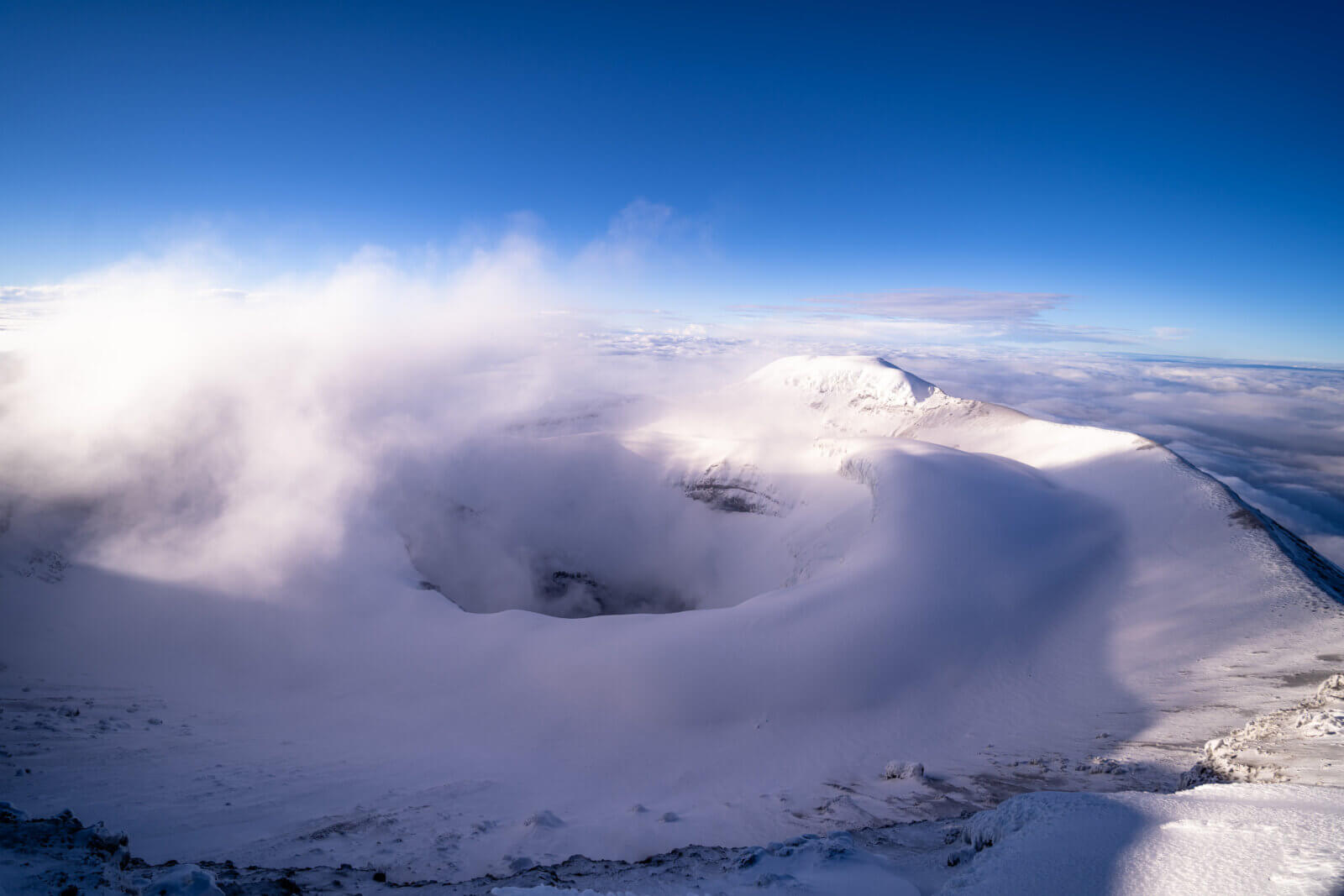
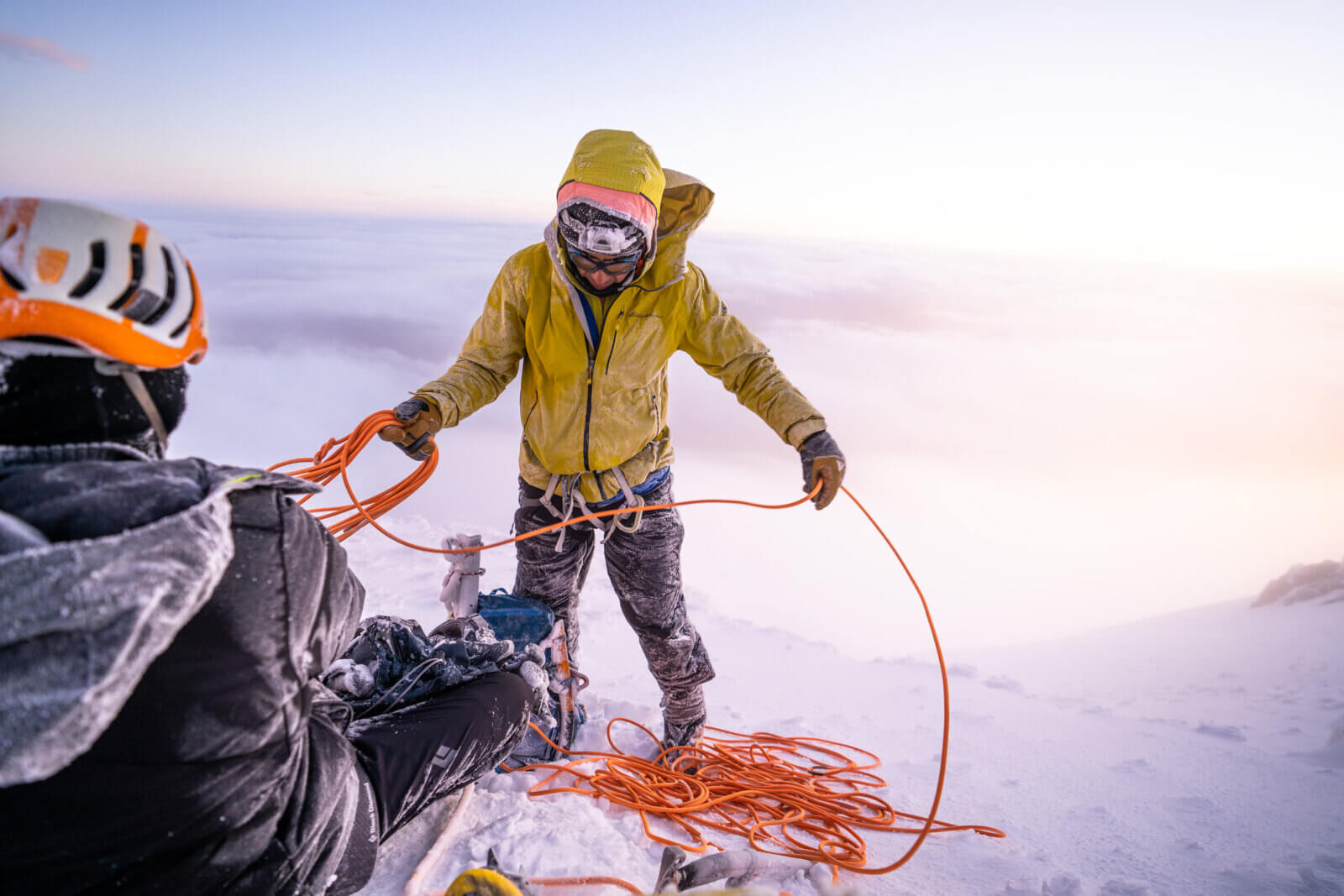
If you’re considering tackling Cotopaxi, you likely have some burning questions. Fear not! We’ve compiled the top five questions about climbing Cotopaxi from Google and provided comprehensive answers to ensure you’re well-prepared for your expedition.
1. What is the best time of year to climb Cotopaxi?
The optimal time to climb Cotopaxi is during the dry season, which typically runs from June to September. During these months, you’ll encounter more stable weather conditions with less precipitation, increasing your chances of a successful summit. If you plan to ski Cotopaxi, then the best season is typically in November and December when greater snow coverage is more likely. However, keep in mind that Cotopaxi’s weather can be unpredictable, so it’s essential to stay informed about current conditions and be prepared for sudden changes.
2. How difficult is the climb up Cotopaxi?
Cotopaxi presents a challenging but achievable climb for intermediate to experienced mountaineers. Beginner mountaineers are recommended to climb with a guide. The ascent involves navigating steep slopes, traversing glaciers, and dealing with the altitude. Climbers should have prior experience with high-altitude climbing and be in excellent physical condition. Acclimatization is crucial, and climbers often spend several days in the surrounding area to adjust to the altitude before attempting the summit.
3. Do I need a guide to climb Cotopaxi?
While it’s possible to attempt Cotopaxi without a guide, it’s highly recommended to hire an experienced guide or join a guided expedition. Guides are familiar with the terrain, weather patterns, and safety protocols, significantly increasing your chances of a successful ascent. They can also provide essential technical equipment and offer valuable guidance and support throughout the journey.
4. What gear do I need to climb Cotopaxi?
Climbing Cotopaxi requires specialized gear to ensure your safety and comfort in the challenging mountain environment. Essential equipment includes:
- Mountaineering boots
- Crampons
- Ice axe
- Helmet
- Harness
- Rope
- Warm, layered clothing
- Insulated gloves and mittens
- Sunglasses and goggles
- High-altitude tent and sleeping bag
- Climbing helmet
- sufficient food, water, and emergency supplies
- first aid kit
- communication devices such as a Garmin InReach
Check out Alpenglow’s Cotopaxi Rapid Ascent Equipment List for more info.
5. Are there any altitude-related risks when climbing Cotopaxi?
Altitude sickness is a significant concern when climbing Cotopaxi, as the summit reaches an elevation of over 19,347 feet/5,897m. Symptoms of altitude sickness can include headache, nausea, dizziness, and fatigue, and in severe cases, it can lead to pulmonary or cerebral edema, which are life-threatening conditions. Proper acclimatization, hydration, and pacing are essential for minimizing the risk of altitude-related illness. It’s crucial to listen to your body, communicate any symptoms to your guide or teammates, and descend if necessary to ensure your safety.
In conclusion, climbing Cotopaxi is a challenging but immensely rewarding adventure for those with the experience, preparation, and determination to reach its summit. While an ascent of Cotopaxi will require precise planning beyond these five questions, these are essential concepts to grasp before considering an expedition.
Thinking about joining a team? Reach out to our office to inquire about our Cotopaxi Rapid Ascent.
